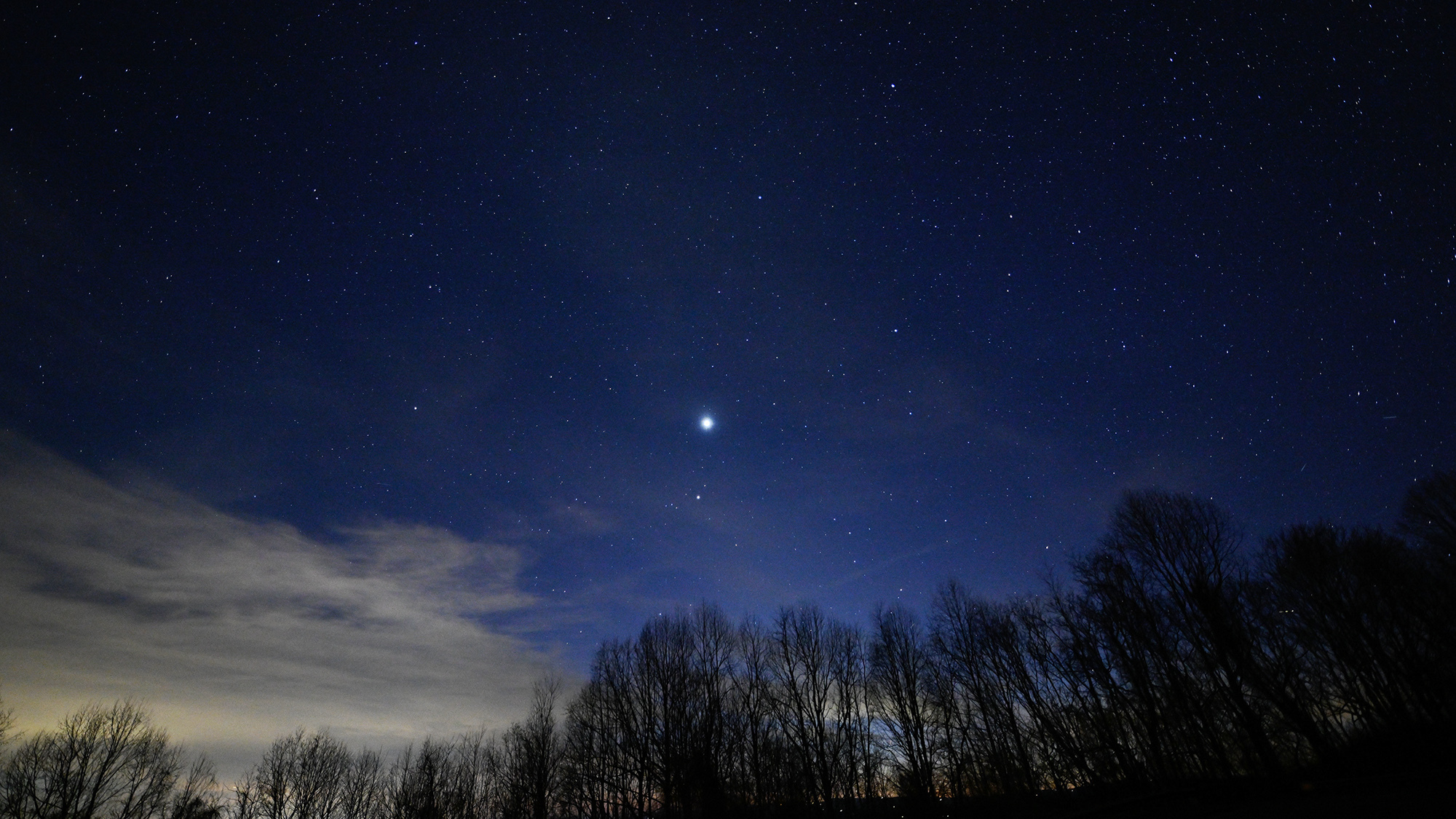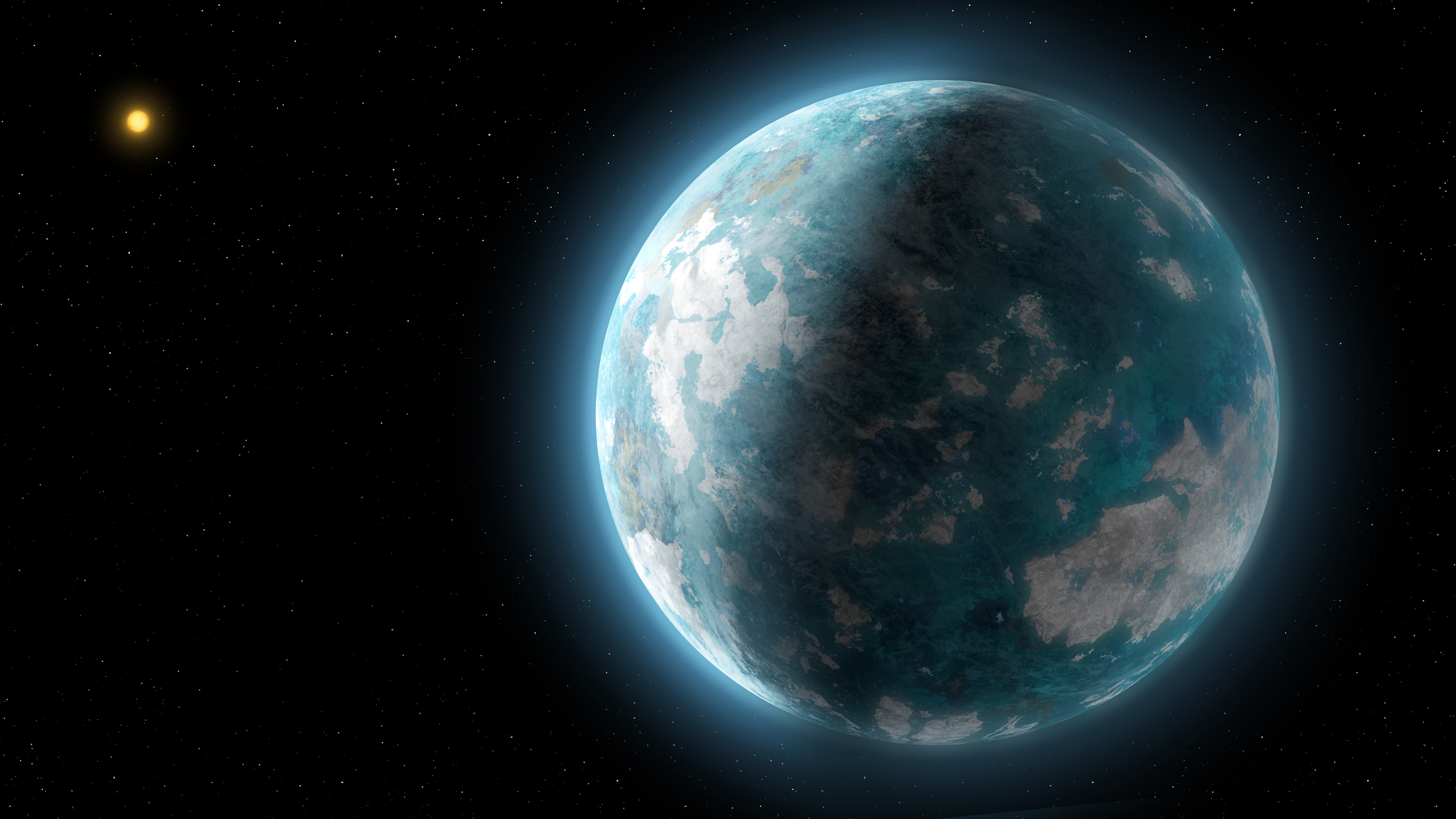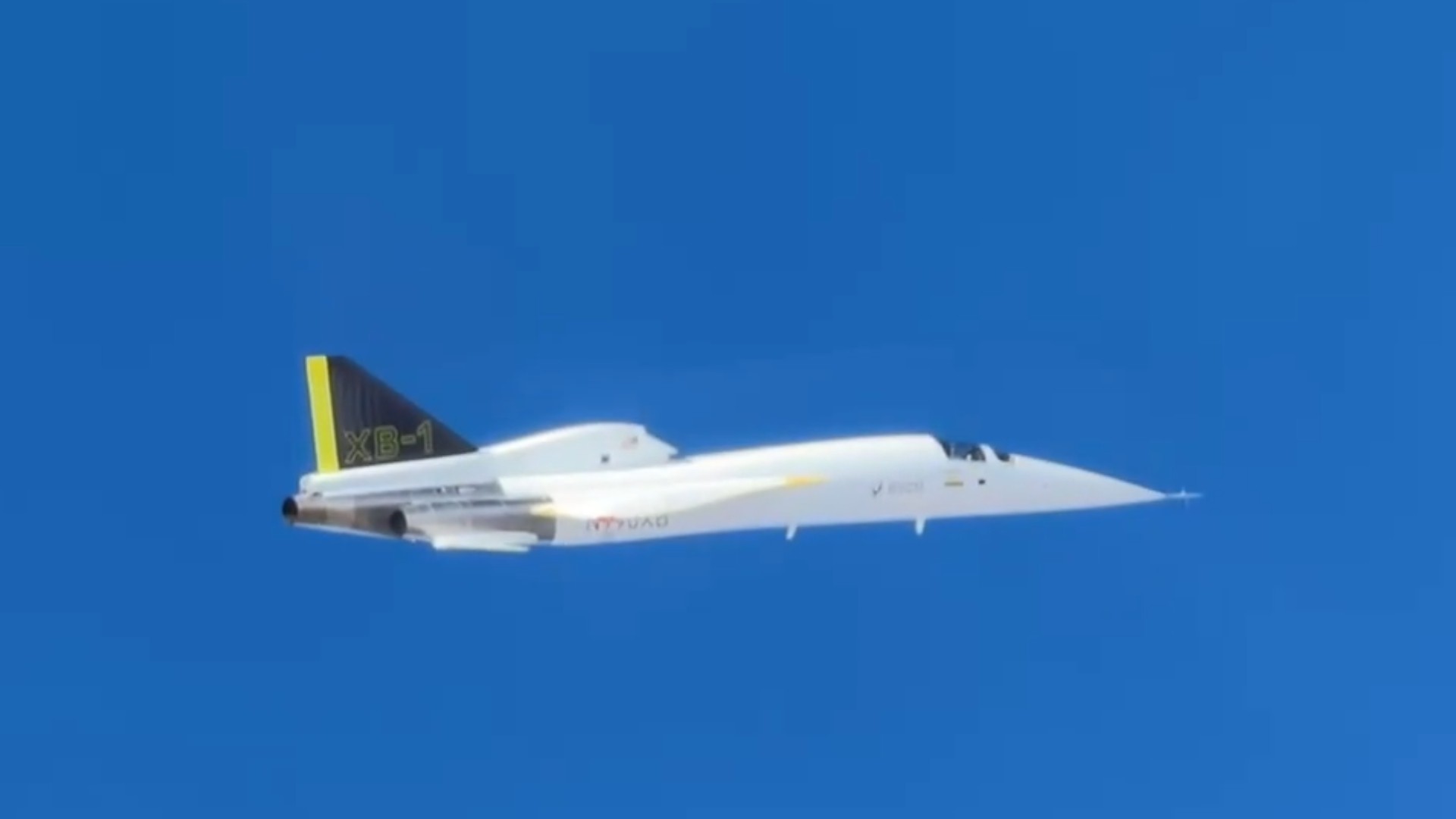February stargazing: ‘Planet parade’ continues and Venus shines
Six planets will remain aligned–with four visible to the naked eye–until February 9. The post February stargazing: ‘Planet parade’ continues and Venus shines appeared first on Popular Science.

| February 1 through 9 | The Planet Parade Continues |
| February 8 and 9 | Alpha Centaurids Meteor Shower Predicted Peak |
| February 12 | Full Snow Moon |
| February 16 | Venus Reaches Peak Brightness of 2025 |
We’re in the depths of winter in the Northern Hemisphere. If you can force yourself out from the covers and into the cold, dark night, there’ll be plenty to see in the night sky–cloud cover permitting. Here are some of this month’s highlights.
February 1 through 9: The Planet Parade Continues
As we discussed last month, late January and early February will provide a stage for a Planet Parade, with six planets lining up in the night sky. On February 1, we should see the crescent moon in close proximity to Venus for the second-last time this year. The last time will be March 1. On February 5, the moon will be awfully close to Uranus, although you’ll need a telescope to see it. By February 6, the moon will be directly above Jupiter. And finally, on February 9, it’s Mars’ turn to appear closest to the moon. You can consult the Farmer’s Almanac for the details on the ins and outs of the 2025 Planet Parade.
February 8 and 9: Alpha Centaurids Meteor Shower Predicted Peak
February is a pretty subdued month as far as meteor showers go. However, If you happen to be in the Southern Hemisphere, there’s one shower that reaches peak brightness this month: the Alpha Centaurids. Sadly, they won’t be as bright this year as in other years, as their peak brightness on February 8 will coincide with the waning moon, but at least they’ll be there.
February 12: Full Snow Moon
February’s full moon is known as the Snow Moon, for fairly obvious reasons. The name comes from the Naudowessie tribe of North Dakota, but similar names are found amongst many other Native American languages. These include the “Deep Snow Moon” (Mahican), “Midwinter Moon” (Oneida), “Hungry Month” (Cherokee), “When the Bear Cubs are Born Moon” (Anishinaabemowin), and the somewhat more optimistic “First Flower Moon” (Catawba).
The moon will be at its brightest at 8:53 a.m. EST on February 12, but it’ll be below the horizon.It’s brightest visible appearances will be the night before or a little later in the day on the 12th. To calculate exactly when the moon will be at its brightest near you, consult the Farmer’s Almanac’s moonrise calculator.
February 16: Venus Reaches Peak Brightness of 2025
Venus! It might be a stifling hellscape up close, but it’s awfully pretty in the night sky. There’ll be no better time to see it this year than on February 16—weather permitting. That night,. Venus will be the brightest it will be in 2025, with a stunning magnitude of 4.6. It should be the brightest object in the sky apart from the moon.
The usual sky gazing rules are key this month: Go to a dark spot away from the lights of a city or town and let your eyes adjust to the darkness for about a half an hour.
The post February stargazing: ‘Planet parade’ continues and Venus shines appeared first on Popular Science.






























.png)





















![‘Companion’ Ending Breakdown: Director Drew Hancock Tells All About the Film’s Showdown and Potential Sequel: ‘That’s the Future I Want for [Spoiler]’](https://variety.com/wp-content/uploads/2025/02/MCDCOMP_WB028.jpg?#)























